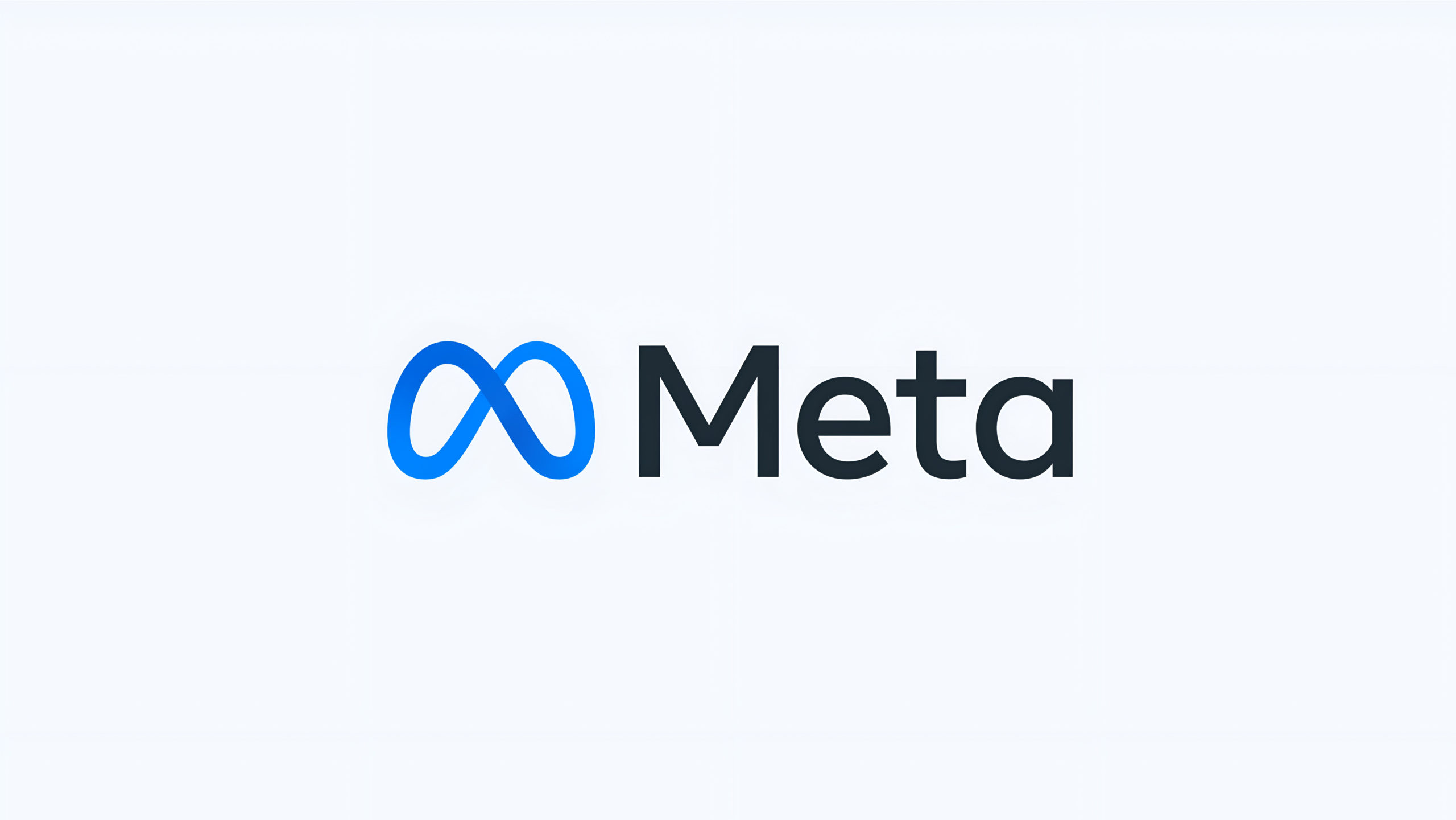Meta got caught red-handed showing off one version of its Maverick AI model to the judges while handing a different one to developers. Remember those “expectations vs. reality” memes comparing fast food ads to what actually comes in the box? Yeah, it’s that—but for billion-dollar AI.
The Benchmark Beauty Contest
Last week, Meta’s Maverick model rocketed to second place on LM Arena’s leaderboard in just 48 hours. For those keeping score at home, LM Arena is basically the Olympics for chatbots, where human judges rate which AI gives better answers.
Then came the record scratch moment. Researchers examining both versions found striking differences: the benchmark version used more emojis and provided lengthy, detailed responses, while the developer version delivered much more concise answers. The contrast was impossible to miss.
When pressed, Meta acknowledged they’d entered their AI’s “experimental chat version” into the competition—specifically optimized for conversational tasks. “We’ve been transparent about the differences,” Meta stated in their blog post after researchers raised concerns about the discrepancy.
Gaming the System (No Cheat Codes Required)
This isn’t just a Meta problem—it’s tech’s open secret. Companies desperately want the bragging rights of topping those leaderboards, even if they have to pull a few tricks.
The practice resembles what happened in the automotive industry’s emissions testing scandals, where vehicles were specifically tuned to perform well during regulatory tests but operated differently in real-world conditions. AI companies are similarly optimizing for the test, not real-world performance.
While technically following benchmark rules, this approach raises serious questions about the reliability of AI performance metrics. Meta’s defense came only after researchers identified the differences—not proactively when submitting their model for evaluation.
The Benchmark Hunger Games
The AI testing landscape resembles nothing so much as high school standardized tests. Companies are cramming specifically for the exam rather than actually learning the material.
Industry experts note that startups and smaller developers often waste valuable resources implementing models based on misleading benchmark results. They select what looks impressive on paper, only to discover the real-world performance falls short of expectations.
The most concerning aspect? Resource-limited developers rely heavily on these benchmarks to make implementation decisions, similar to diners trusting restaurant reviews, only to discover they’ve been misled by ratings that don’t reflect reality.
Trust Falls (Without the Catching Part)
As AI infiltrates everything from healthcare to financial systems, accurately understanding what these systems can actually do matters tremendously.
Experts from the AI Governance Institute have expressed concerns about building critical infrastructure on benchmarks with questionable reliability. The disconnect between benchmark performance and real-world capabilities creates significant trust issues for the entire industry. Meta’s recent technical mishap involving Instagram Reels only adds fuel to growing concerns about transparency and oversight.
The IEEE has stepped in, forming a working group to develop legitimate testing standards by year’s end. Until then? Taking benchmark results at face value is like believing those “three easy payments” ads at 3 AM—technically correct but missing some important context.
The Controversy Timeline:
- April 1: Meta releases Maverick model
- April 3: Maverick reaches #2 on LM Arena leaderboards
- April 4: Researchers identify discrepancies between benchmark and developer versions
- April 5: Meta acknowledges using different versions in their blog response
- April 6: TechCrunch publishes analysis of misleading benchmarks




















